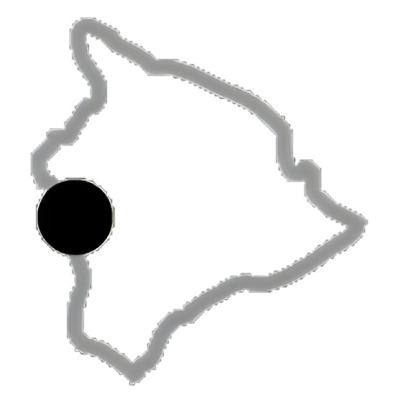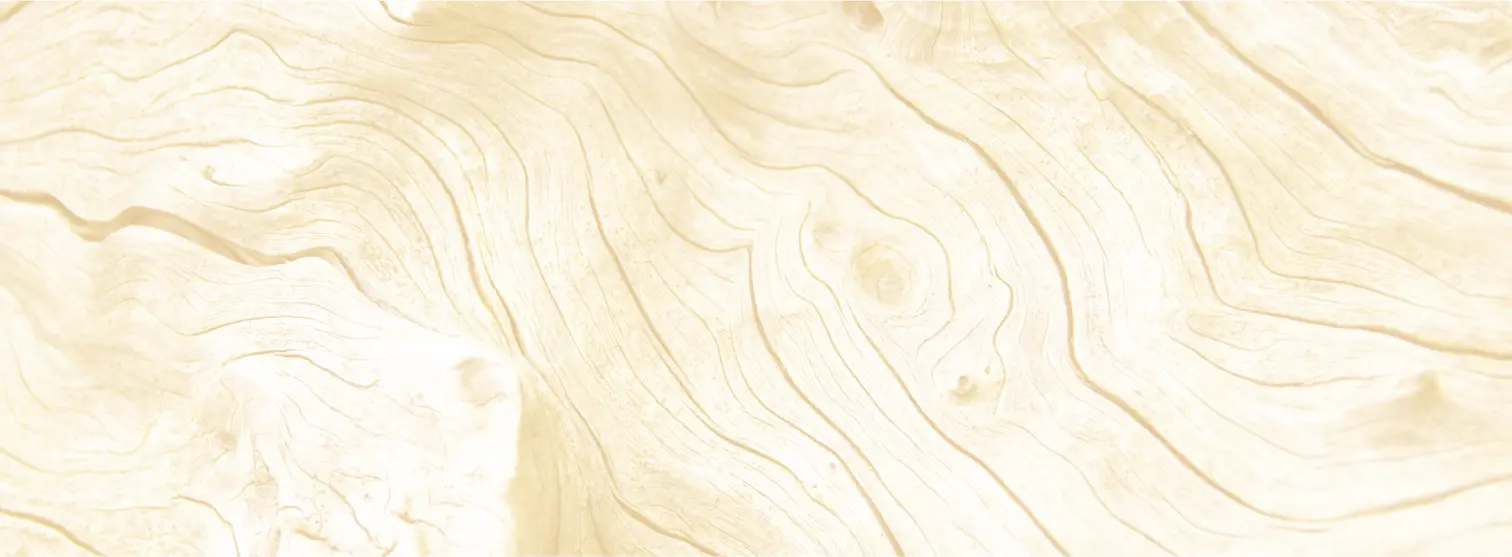From late spring through summer, you may come across hwamei’s large, cup-shaped intricate nests, several feet above the ground. They’re lined ever so carefully with grasses, leaves, tendrils, roots, and even bits of fern. In these, hwamei lays two to five bluish eggs.
No one is sure how long this songbird has been in the islands. Hwamei likely arrived as a cage bird for Chinese sugar plantation immigrants. Story holds that it escaped into the wild when the great Chinatown fire in Honolulu destroyed part of the city, in 1900. But hwamei isn’t widely present on Oahu today, and a letter cited by a Bishop Museum monograph suggests that it was already flying out and about in 1896.
We do know that hwamei is common today on Kauai, Maui, and Hawaii Island, where it inhabits scrub land, open woodland, native and exotic forests, parks and gardens, from sea level up to about 5000 feet. It feeds among leaf litter on the ground, and forages for insects, fruit, and seeds.
Although hwamei has firmly established itself in Hawaii as an exotic species, it doesn’t appear to pose as great a threat as other introductions.
* Chinese hwamei formerly was classified under the genus garrulax canorus.


